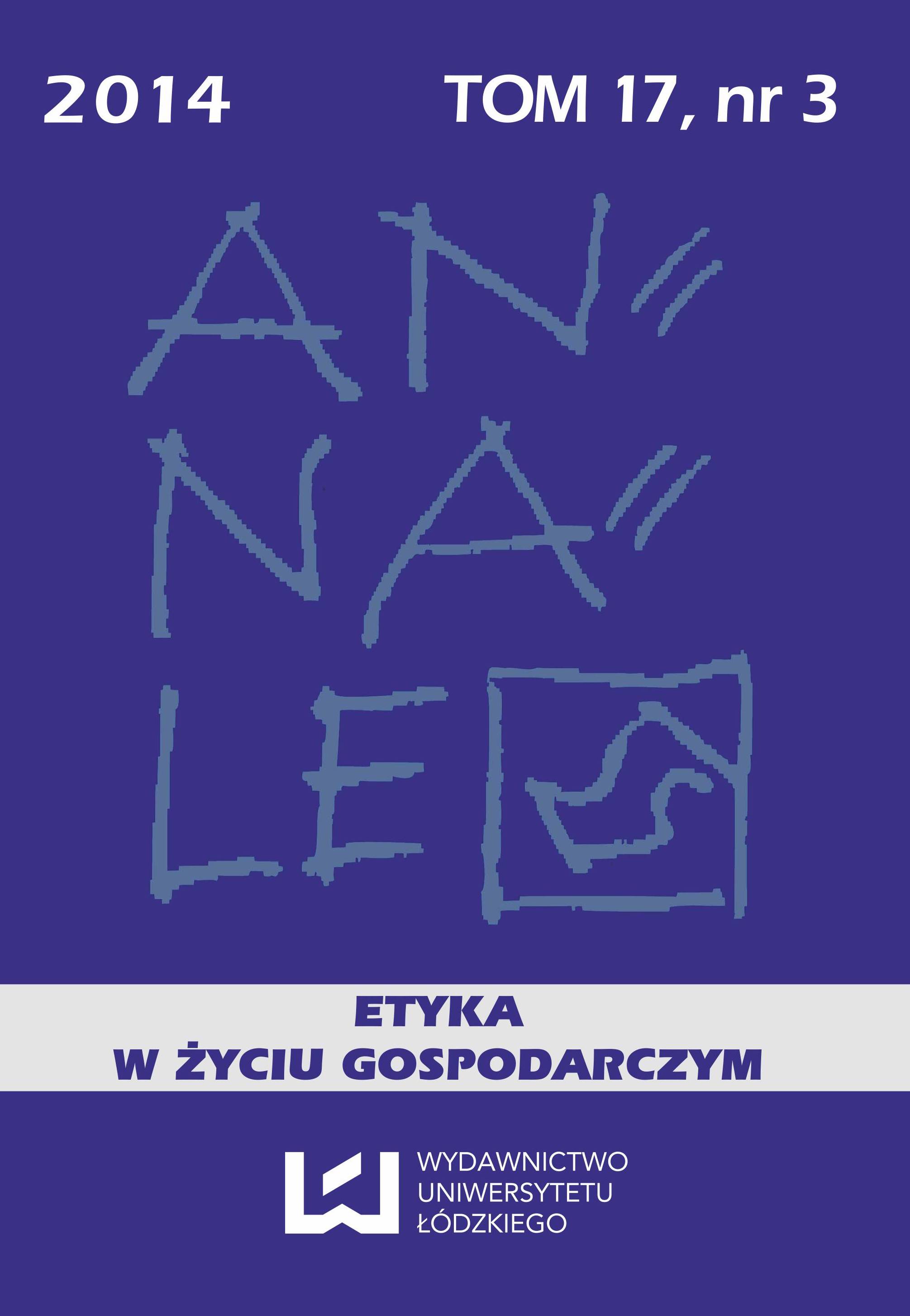Pojęcie lichwy w ekonomii islamskiej
DOI:
https://doi.org/10.18778/1899-2226.17.3.04Słowa kluczowe:
Islamic banking, Islamic economics, interest-free economics, riba, usuryAbstrakt
The concept of Islamic economics as a coherent economic and financial system basically does not exist. Some authors take it, however, for simplicity, under-standing by this description any entities and legal regulations, mainly in the financial markets, driven – either declaratively or in fact – on the principles derived from religious precepts of Islam. The emphasis is put on so-called inter-est-free banking, which involves the concept of usury (riba). By referring to the essence of Islamic economics, the author shows the dif-ferences and similarities between "interest-free" Islamic banking and conven-tional banking (Western-style). It turns out that the differences are almost exclu-sively at the level of declarations and similarities that arise from attempts to circumvent religious regulations, as in the riba, are much more numerous than it might seem. They result from the need to fuse Islamic finances with global fi-nancial markets, which at least at the point of contact eliminates the capability of maintaining the autonomy of the local banking system. In addition, interest-free Islamic banking development meets an obstacle in the shape of the market pres-ence of conventional banks, which are its natural ideological competition. Thus, although the Islamic Development Bank estimates the size of the market of the Islamic system of financial services in 2015 at between 2 to 8 trillion dollars, one seems to be entitled to conclude that, in practice, between Islamic economics and capitalist economies of the West, at least in terms of banking services, the dif-ferences are purely semantic, and both Western and Islamic deposit, credit and investment products are in fact identical.Bibliografia
Afzalur R., Economic Doctrines of Islam, 2nd ed., 3 vols, Islamic Publications, Lahore 1980, s. 55 [za:] T. Kuran, Islam and Mammon. The Economic Predicaments of Islamism, Princeton University Press, Princeton and Oxford 2006.
Google Scholar
Alzalabani A., R.D. Nair, Financial Recession, Credit Crunch and Islamic Banks: A Case Study of Al Rajhi Bank in the Kingdom of Saudi Arabia, „East-West. Journal of Economics and Business” 2013, Vol. XVI, No. 1, s. 15-36.
Google Scholar
El-Ashker A., Egypt: An Evaluation of the Major Islamic Banks [w:] Islamic Financial Markets, red. R. Wilson, Routledge, Oxon and New York, 2012.
Google Scholar
El-Gamal M.A., „Interest” and the Paradox of Contemporary Islamic Law and Finance, 27 Fordham International Law Journal 108 (2003), s. 18, http://ir.lawnet.fordham.edu/ilj/vol27/iss1/6
Google Scholar
Kuran T., Islam and Mammon. The Economic Predicaments of Islamism, Princeton University Press, Princeton and Oxford 2006.
Google Scholar
Muqtedar Khan M.A., Mitologia i teologia w ekonomii muzułmańskiej, „As-Salam” 2012, nr 2 (26), Wyd. Liga Muzułmańska w Rzeczypospolitej Polskiej, s. 14.
Google Scholar
Nazmi A., Bankowość muzułmańska, PWN Biznes, http://biznes.pwn.pl/haslo/3874125/bankowosc-muzulmanska.html
Google Scholar
Parvez A., Finansowość muzułmańska wobec wyzwań współczesnego świata, „As-Salam” 2012, nr 2 (26), Wyd. Liga Muzułmańska w Rzeczypospolitej Polskiej, s. 12.
Google Scholar
Shanmugam B., Z.R. Zahari, A Primer on Islamic Finance, Research Foundation of CFA Institute, [s. l.] 2009, s. 5.
Google Scholar
Siddiqi M.N., Muslim Economic Thinking: A Survey of Contemporary Literature, Islamic Foundation, Leicester 1981, s. 63 [za:] T. Kuran, Islam and Mammon, The Economic Predicaments of Islamism, Princeton University Press, Princeton and Oxford 2006.
Google Scholar
www.planetaislam.com/koran_bielawski.html
Google Scholar
Pobrania
Opublikowane
Jak cytować
Numer
Dział
Licencja

Utwór dostępny jest na licencji Creative Commons Uznanie autorstwa – Użycie niekomercyjne – Bez utworów zależnych 4.0 Międzynarodowe.









